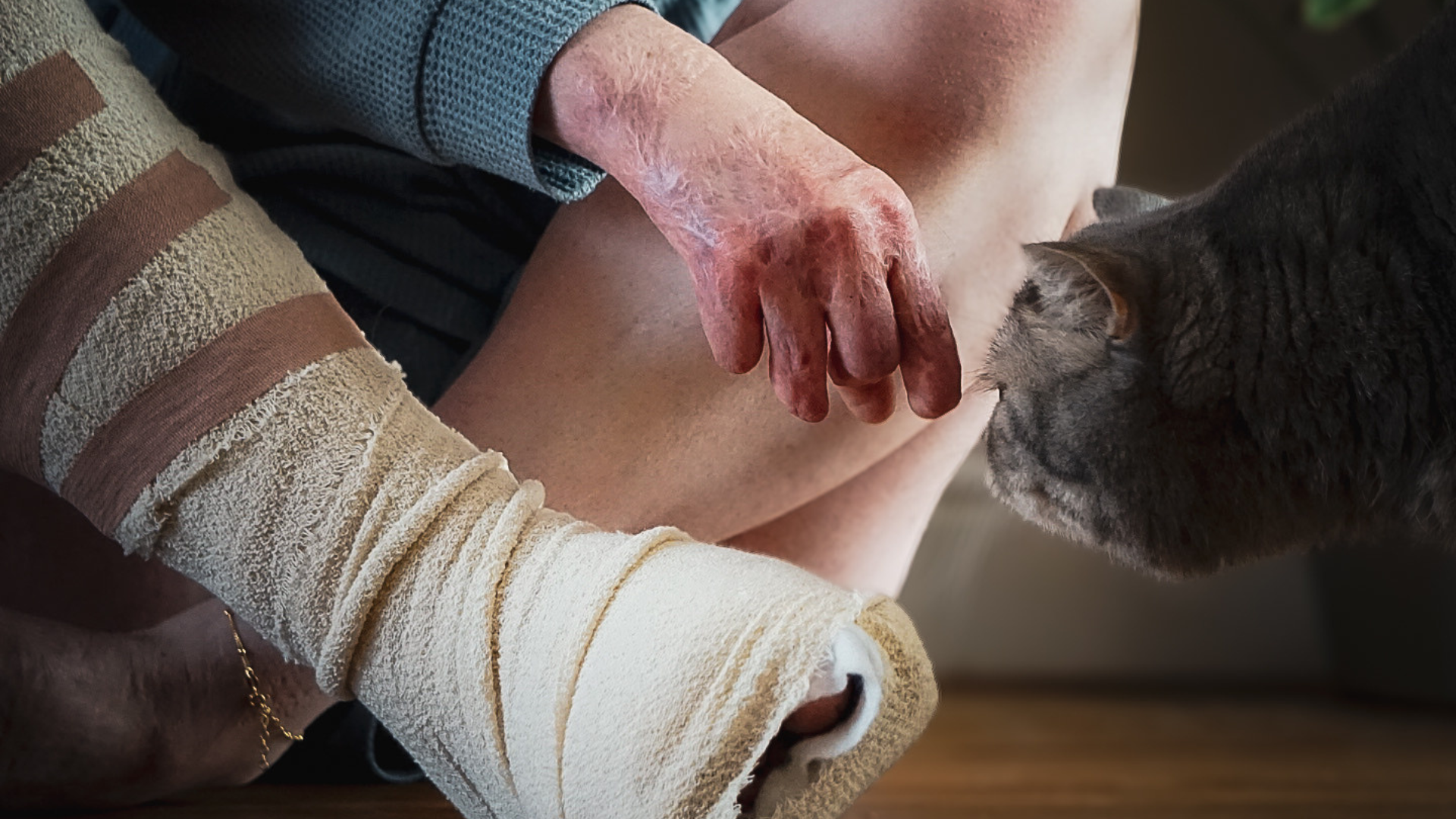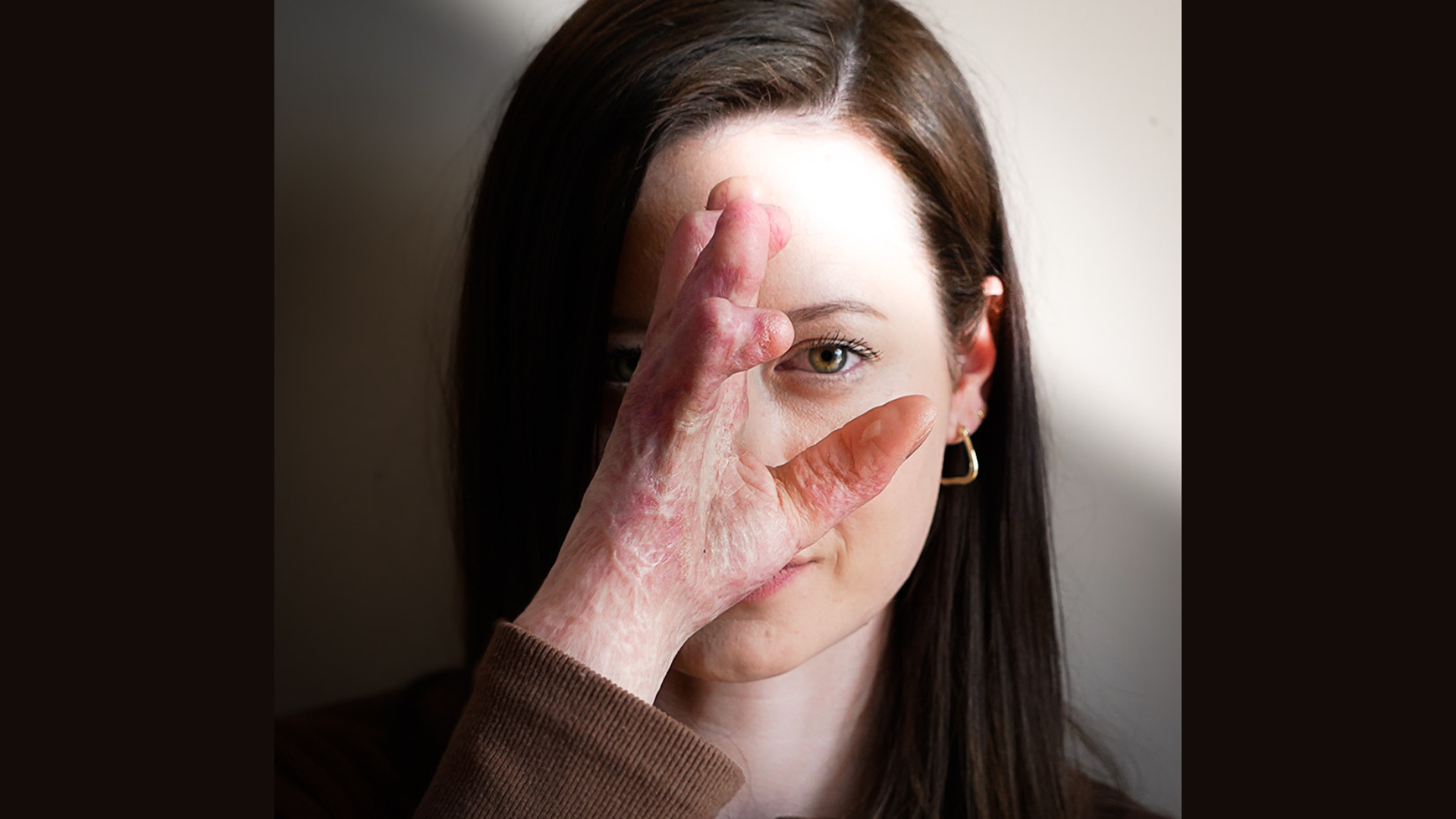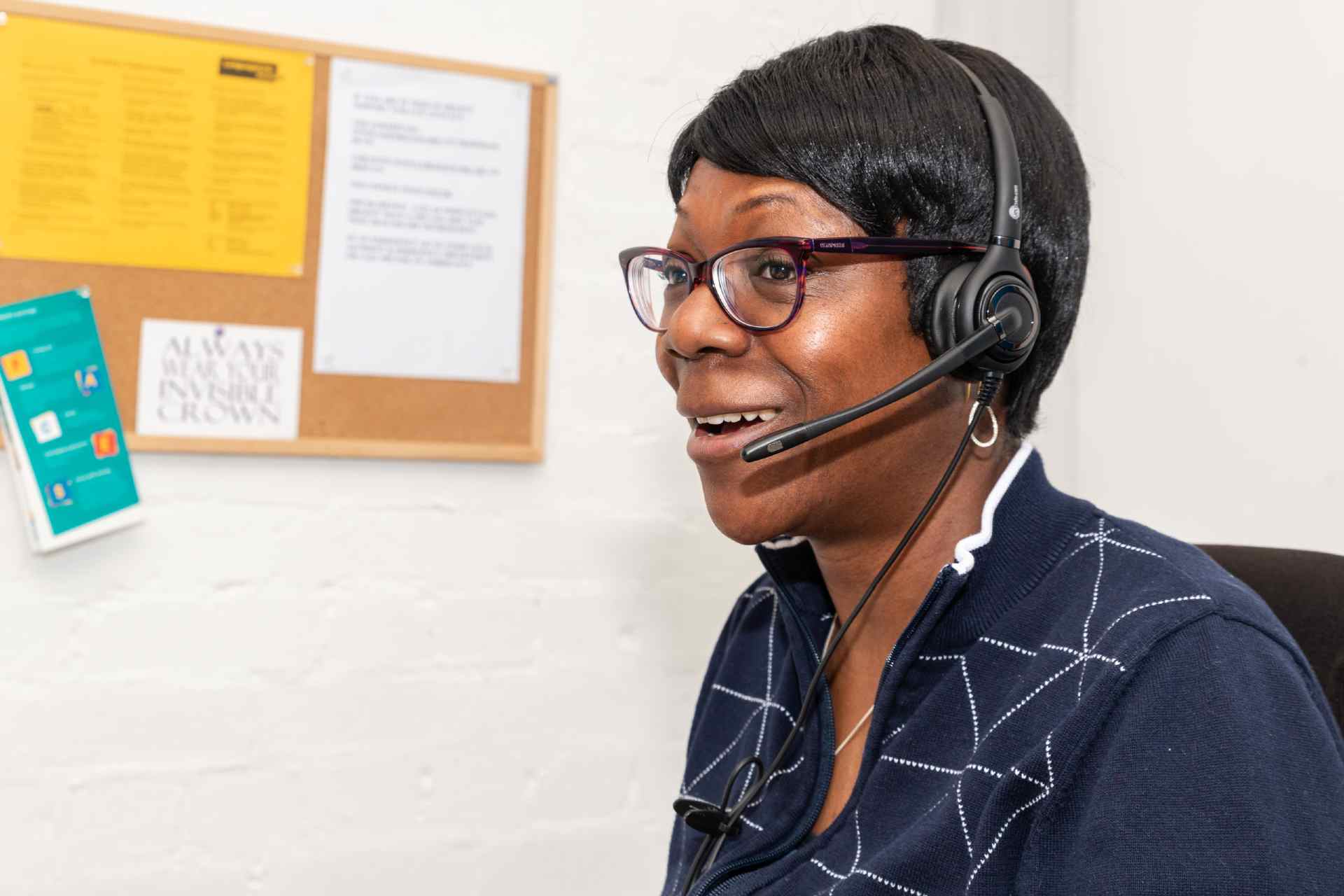On June 19, 1995, my life changed forever. The day before my first birthday, I was accidentally scalded in the bath, suffering severe third-degree burns. I developed sepsis, had to be resuscitated, and experienced limb loss, losing the tips of my fingers and toes. I sustained 34% burns to my hands, right leg and feet.
From that moment on, life was never the same – for me or my family. That day marked the beginning of a lifelong journey through trauma, recovery and adapting to life with a visible difference and partial limb loss.
Experiencing limb loss, acquiring scars and having a visible difference has taken its toll on me mentally.
The Burns Unit in Nottingham became my second home. While other children were going to each other’s houses or attending after school clubs, I was often being picked up from school, back to the hospital where I had repeated surgery to improve the function and mobility of my scarring and manage the healing of my limb difference. It meant missing out: time off school, away from friends, and missing out on feeling like everyone else.
Now, at 30, I’m still undergoing procedures to improve my function and mobility. In the past two years alone, I’ve had four surgeries to correct my foot, the most recent resulting in the amputation of four toes on my right foot. Each procedure brings its own set of challenges, including time away from work, a loss of independence and the occasional dips in my overall wellbeing.
Experiencing limb loss, acquiring scars and having a visible difference has taken its toll on me mentally. Even today, I wouldn’t claim to be completely confident. I have my moments, and I can be quite reserved in certain social situations. Over time, I’ve realised that this is a coping mechanism—a form of self-protection that I’m actively working to overcome. My struggles with confidence largely come from fears about how others might judge me because of my scarring and how I look. That said, I’m on a journey of self-discovery, and with each step, I’m learning to stand taller in my own skin.

Lucy acknowledges that accepting your visible difference can take time.
Society’s perception of difference plays a huge role in how people with visible differences feel about themselves. I saw this first hand when I applied for my first job at 16, working in a shop. The interview went well, but when I didn’t hear back for a while, I started to assume I hadn’t been successful.
Eventually, my mum called to follow up and ask for feedback. That’s when we found out they did want to offer me the job—they just weren’t sure what I’d be able to manage physically. Once my mum clarified things, I was offered the position.
It was a clear reminder that my visible difference and limb loss can lead people to make assumptions about my abilities, before they’ve even had a chance to know me. And that kind of judgement can be both disheartening and frustrating.
If I could go back and speak to my younger self, I’d give her a hug and tell her that things will be okay.
After my accident, I was told that I wouldn’t be able to walk, hold a pen – many things that a child should be able to do. With a supportive family, I proved that prediction wrong time and time again.
I learned to drive. I earned two degrees and met my now partner of five years. I’ve travelled solo, including to Nepal and India, where I met other burn survivors. I’m also a Probation Officer, helping others rebuild their lives, just as I’ve rebuilt mine.
I’m so proud of these achievements, and if I could go back and speak to my younger self, I’d give her a hug and tell her that things will be okay.
What I’ve been through has made me the person I am today – resilient and brave. I have met some incredible people through charity work who continue to inspire me. My visible difference has opened many doors to new experiences that I would never have had the opportunity to do if I didn’t have burns.
If you’re reading this and you have a visible difference, or you’ve experienced limb loss, I want you to know this:
Accepting your appearance takes time. It’s okay to ride your emotions. It’s okay to have good days and it’s okay to have bad days. Listen to yourself with no pressure, no judgement and reach out to those who support you in those times in need. I truly believe that every change you go through is a step toward becoming a better version of yourself.
I’m excited about the future and what it holds, and you should be too.

